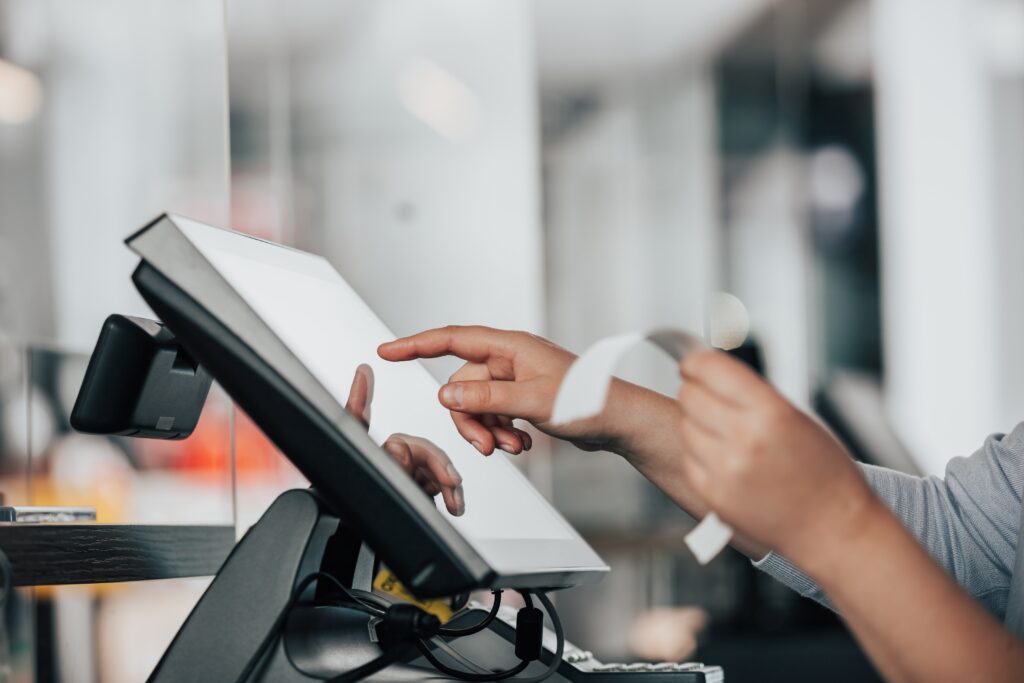Over the last few decades, technology has completely reshaped the entire restaurant industry. In the early 2000s, online reservations and ordering platforms set the stage for digital dining experiences. In the 2010s, smartphones accelerated this trend with the development of mobile apps for delivery, loyalty programs, and payments. Then, the pandemic created a necessity for contactless services like payments, digital menus, and QR codes.
Today, restaurant operators rely more than ever on technology solutions to tackle modern challenges like labor shortages, rising costs, changing consumer preferences, and increasing competition. Here are five emerging trends and innovations that have been quickly gathering momentum across the restaurant technology industry.
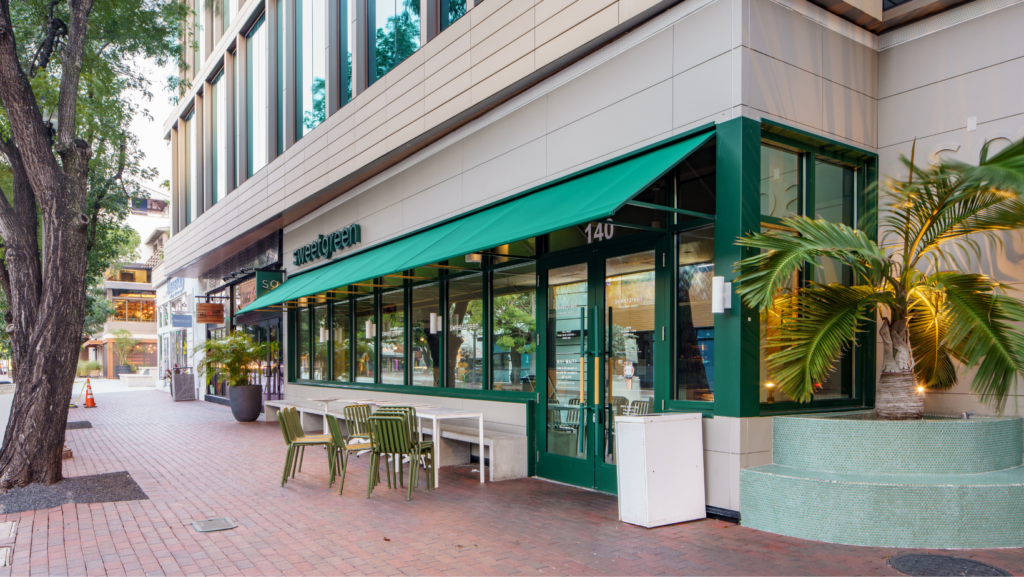
1. First-party ordering platforms
It’s no secret that online food ordering has been one of the biggest trends in recent years, with no signs of slowing down. _With total restaurant sales expected to top $1 trillion for the first time in history this year, online ordering accounts for roughly $300 billion in annual revenue.
The pandemic triggered a sudden shift to contactless ordering and delivery services. Technology was no longer optional—it was essential if restaurants wanted to survive. That gave third-party platforms all the power, which they leveraged to take large cuts of restaurants’ profits. But now restaurants are fighting back, and those who want to maximize profits—and guest relationships—are turning to first-party ordering.
Restaurants that rely solely on third-party platforms are at their mercy, making them super vulnerable to changes in commission rates, and terms of service. Giants like Uber Eats and DoorDash have been known to charge up to 30% in commissions, forcing restaurants to charge more on third-party platforms. Not only does that make it difficult to remain competitive in crowded third-party marketplaces, but now DoorDash is punishing this behavior with reduced visibility in their app. They claim that inflated prices are hurting sales and angering customers—and it’s certainly making them less competitive.
Third-party ordering also creates a barrier between restaurants and their customers, making it challenging to build deep relationships. When orders are placed through third-party apps, the valuable customer data that comes with those orders—like behavioral patterns, order preferences, and contact details—stays with the platform instead of the restaurant. This limits restaurants’ ability to understand their guests, personalize their marketing, and ultimately drive loyalty.
There’s no doubt that third-party platforms can be a great tool for people to discover restaurants, but it’s the most effective long-term strategy. Over the next few years, we expect to see more restaurants prioritizing first-party ordering strategies and/or adopting a two-pronged approach where they acquire new guests through third-party apps and migrate them over to their own ordering platforms.
Unsurprisingly, people want to support their favorite restaurants, with 70% of guests preferring to order directly. Custom-branded apps and online ordering platforms give customers that option, which is why they’re quickly becoming the new normal. Paytronix found that first-party guests are more valuable anyway—they order more often, spend more on each visit, tip more generously, and are more likely to participate in loyalty programs. Plus, some white-label platforms (like Craver’s) don’t even charge any commissions or fees, just a flat monthly rate to help restaurants boost their bottom lines.And the results are proven: Today, Craver enables 60% of Rook Coffee’s total orders. Fully tailored to Rook’s branding, Craver allows them to engage with and retain customers through personalized offers, loyalty programs, and direct communication. Repeat customers spend 3x more and visit 45% more often when ordering through their custom-branded app, powered by Craver.
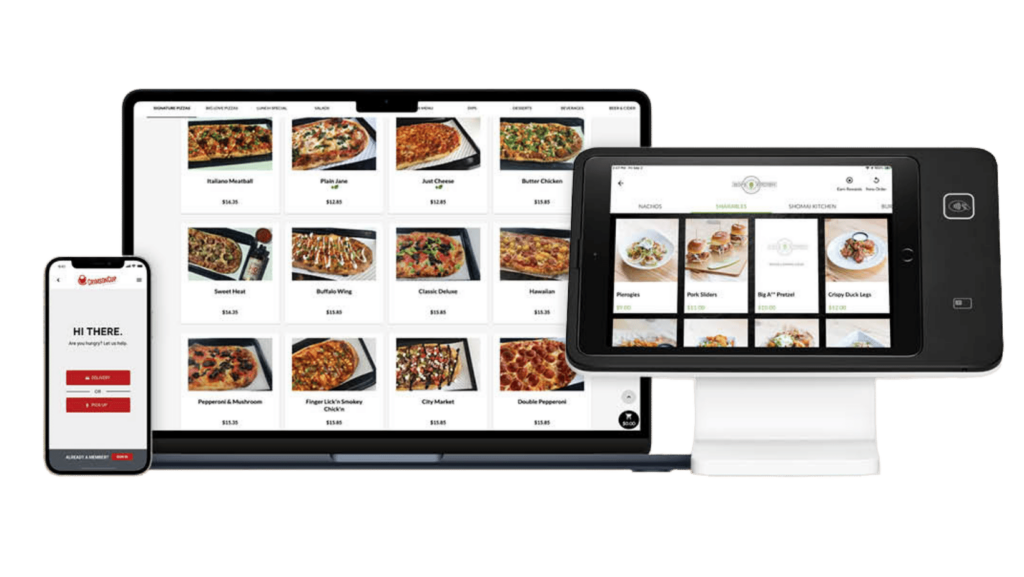
2. Self-serve ordering options
Self-serve ordering systems are the future of restaurant technology. As customers’ expectations for speed and convenience grow, 64% of in-person diners now say they prefer digital ordering options. Choosing self-serve restaurant tech shows your guests that you know what they want, as well as additional benefits like greater average order sizes and efficiency improvements.
Self-serve kiosks are a super convenient way for your guests to order, and they also free up staff from standing at a till. This means they can focus on more important tasks like customer service, and other things that machines can’t replace. Plus, kiosks send orders directly to the kitchen to start prepping, so guests get their food much faster.
By letting guests place their orders themselves, it means they can customize it exactly how they like it, without having to shout out a long and complicated order in front of the entire queue. Self-ordering also greatly reduces errors, meaning fewer do-overs and happier customers. Plus, research shows that by suggesting tasty extras at checkout, you can entice guests to spend 10%-30% more.
Last year, Yum Brands generated $30 billion in sales through its digital channels, including mobile and web ordering, delivery, and kiosks. Recognizing this, the owner of KFC, Taco Bell, and Habit Burger are making a big push to put more of these self-ordering devices in more of their restaurants. “Kiosks remain an important priority in delivering a consistent customer experience, driving ticket uplift, and streamlining our operations,” says Chris Turner, Yum Brands’ CFO.
Get started with the best POS solution for small restaurants & cafe shops!
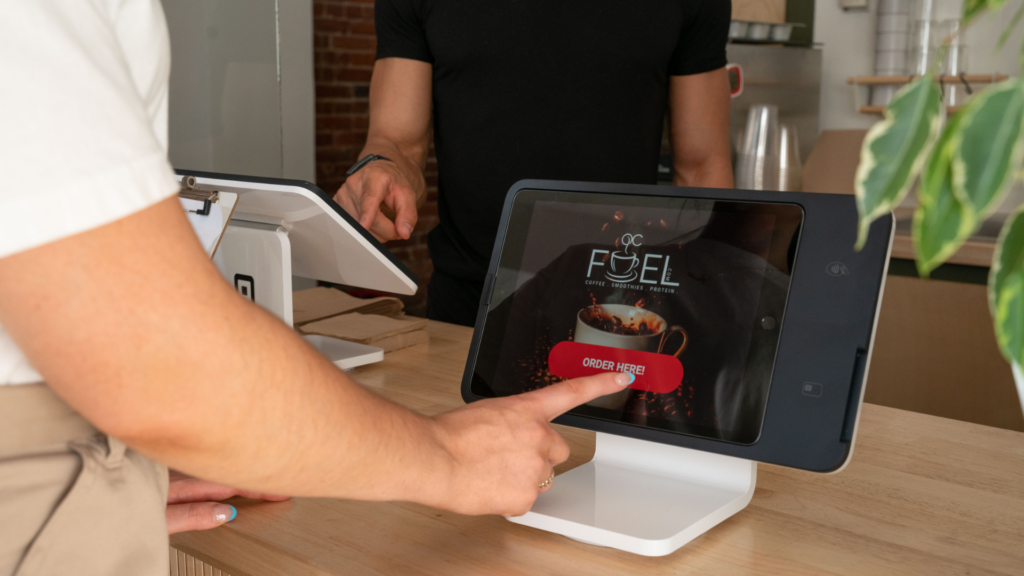
3. Hyper-Personalization
Hyper-personalization in restaurants involves creating a bespoke ordering journey for each guest, tailored to their preferences and behaviors. This trend aligns with the wider market shift towards customizable products and services. Consumers are increasingly expecting more personalized experiences that cater to their tastes, lifestyles, and dietary choices.
Using real-time data, advanced analytics, and AI, restaurants can create super individual experiences that make their guests feel valued and understood. Technology like mobile apps and loyalty makes hyper-personalization possible by collecting customer data. The more information available, the more each experience can be personalized. For example, restaurants can create targeted marketing campaigns based on personal information, average spending, order history, and more.
Hyper-personalization is undoubtedly a competitive advantage. Allowing guests to customize their own orders saves time, increases order accuracy, and reduces complaints. It can also improve the food delivery experience by using data analytics and algorithms to plan the quickest routes and provide real-time tracking so their order arrives hot and fresh.
Starbucks is the undisputed king of personalization. Their AI system, Deep Brew, uses predictive analytics to understand individual customer behaviors and preferences, enabling targeted recommendations that resonate with each guest’s unique tastes—and the drinks simply sell themselves.
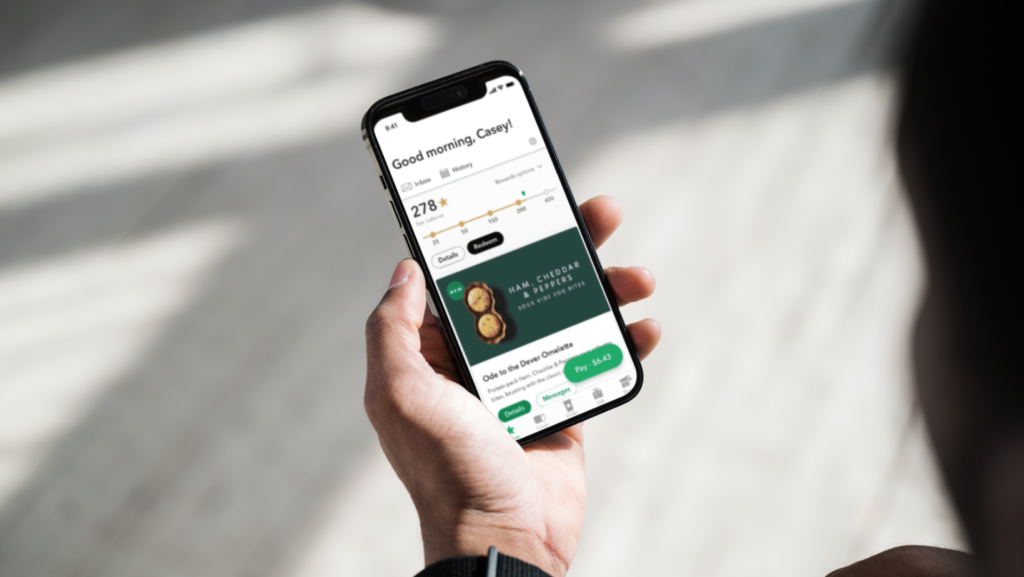
4. Automation
The more tech a restaurant has, the more it needs to streamline operations. Integrating technology systems to automate routine tasks is becoming even more critical in helping restaurants streamline operations to save time and minimize errors.
For example, mobile apps and web ordering platforms can be seamlessly integrated with other restaurant management tools like Magestore POS systems, inventory management systems, KDSs, and third-party delivery platforms. That means shorter wait times and fewer order mistakes, which is great for staff as well as customers.
We can also expect to see a surge in the adoption of advanced AI systems to automate routine tasks like inventory management, staff scheduling, and CRM. While AI will never replace experienced professionals, it can easily take a few things off your plate._Wendy’s has collaborated with Google Cloud to implement voice automation in their drive-thrus. Google’s speech recognition technology facilitates quicker transactions, reducing wait times and improving the QRS’s efficiency. The reduced dependency on humans can also help ease the pain of staff shortages, a challenge that’s been plaguing restaurants for quite some time now.

5. Sustainability
Restaurants will leverage technology to implement more sustainable practices and align with the growing demand for sustainable dining options. A survey by Deliverect revealed that almost half (43%) of consumers said they’d pay more for takeaways from restaurants that have visible eco-friendly practices. So, it’s good for the planet and your bottom line.
According to the UN Environment Programme’s Food Waste Index, more than 900 million tons of food is thrown away every year — and it’s on consumer radars. Advanced analytics integrated into restaurant apps can predict customer demand more accurately and optimize stock levels, ensuring that ingredients are used efficiently before expiration. Restaurant apps can also be leveraged to run special offers and discounts to clear these items and reduce food waste.
Sweetgreen has recently introduced the Infinite Kitchen, an automated makeline designed to optimize food preparation processes. This smart technology helps to reduce food waste by ensuring consistent portion sizes and minimizing over-preparation. Through automation, Sweetgreen is able to improve operational efficiency, speed up service, and maintain high-profit margins by optimizing ingredient usage and reducing waste.
Wrap-Up
The truth is, no one truly knows what the future has in store. Will robot servers someday be pouring our coffee? Will AI eventually replace all human workers? We can only place educated guesses. But, what is certain is that there will always be new challenges and new technology to help overcome them. Start to discover new technologies to apply for your restaurants today with Magestore experts!

